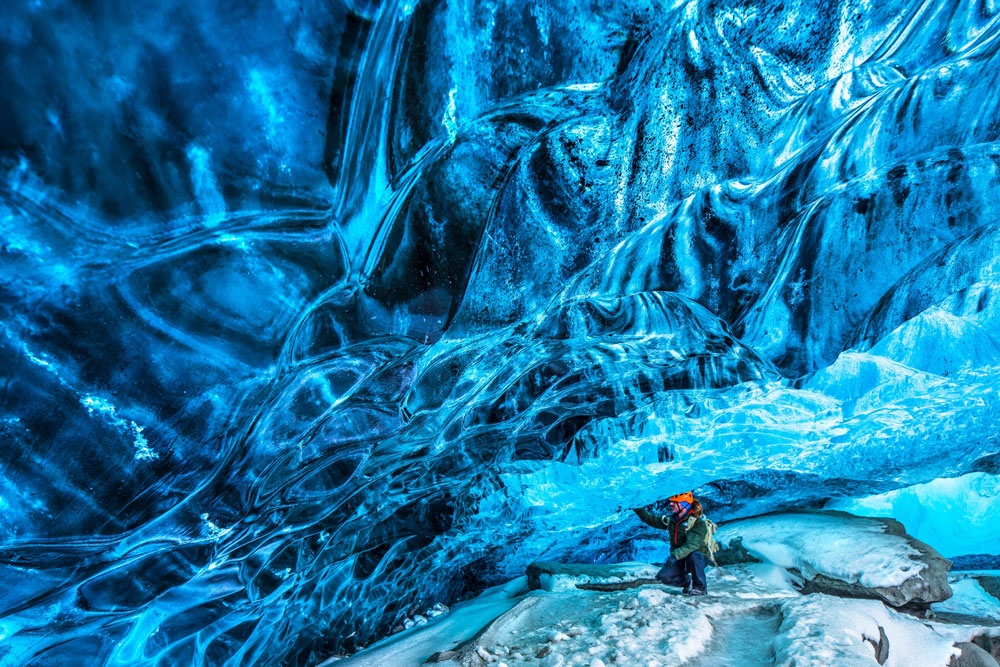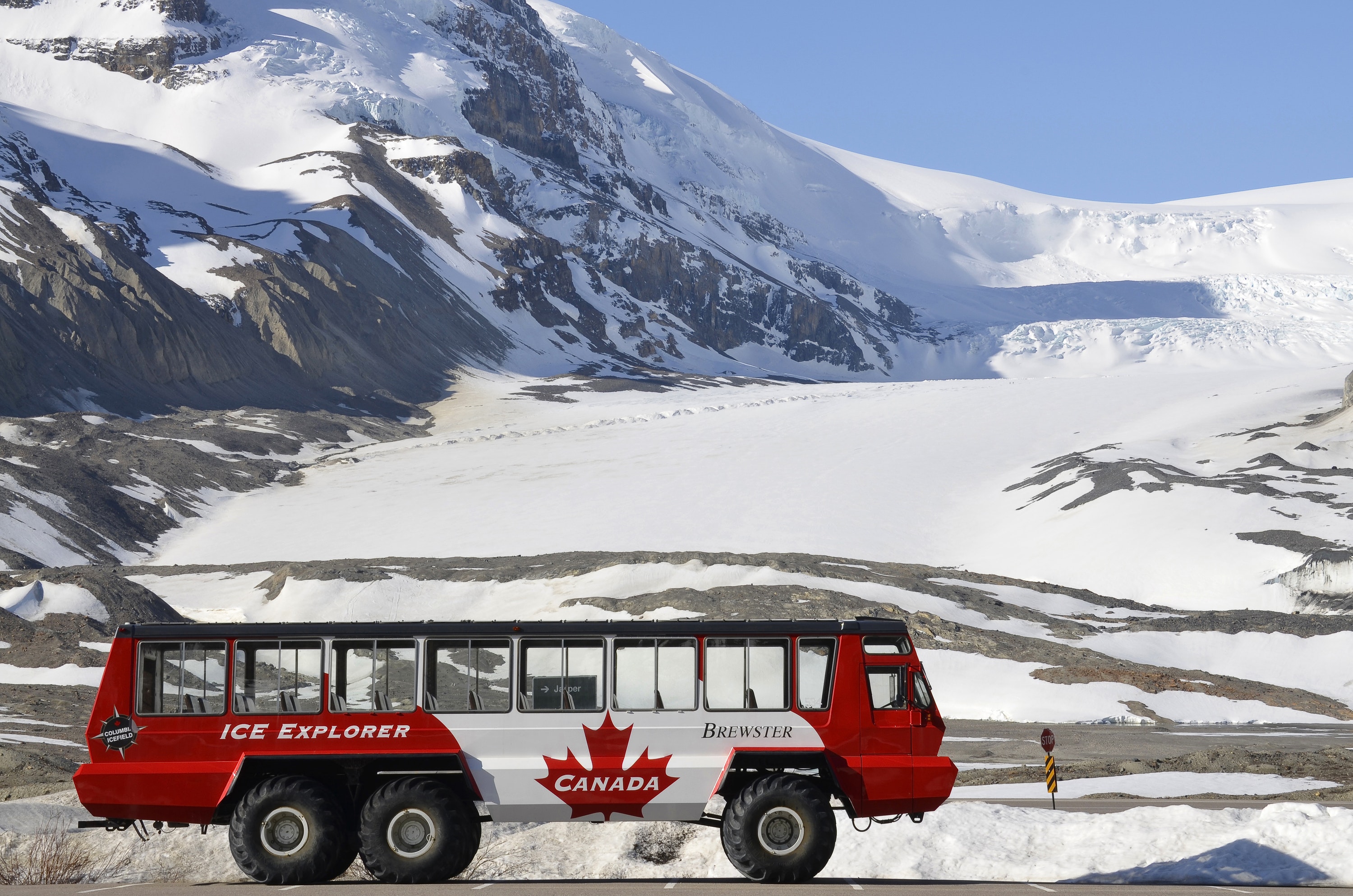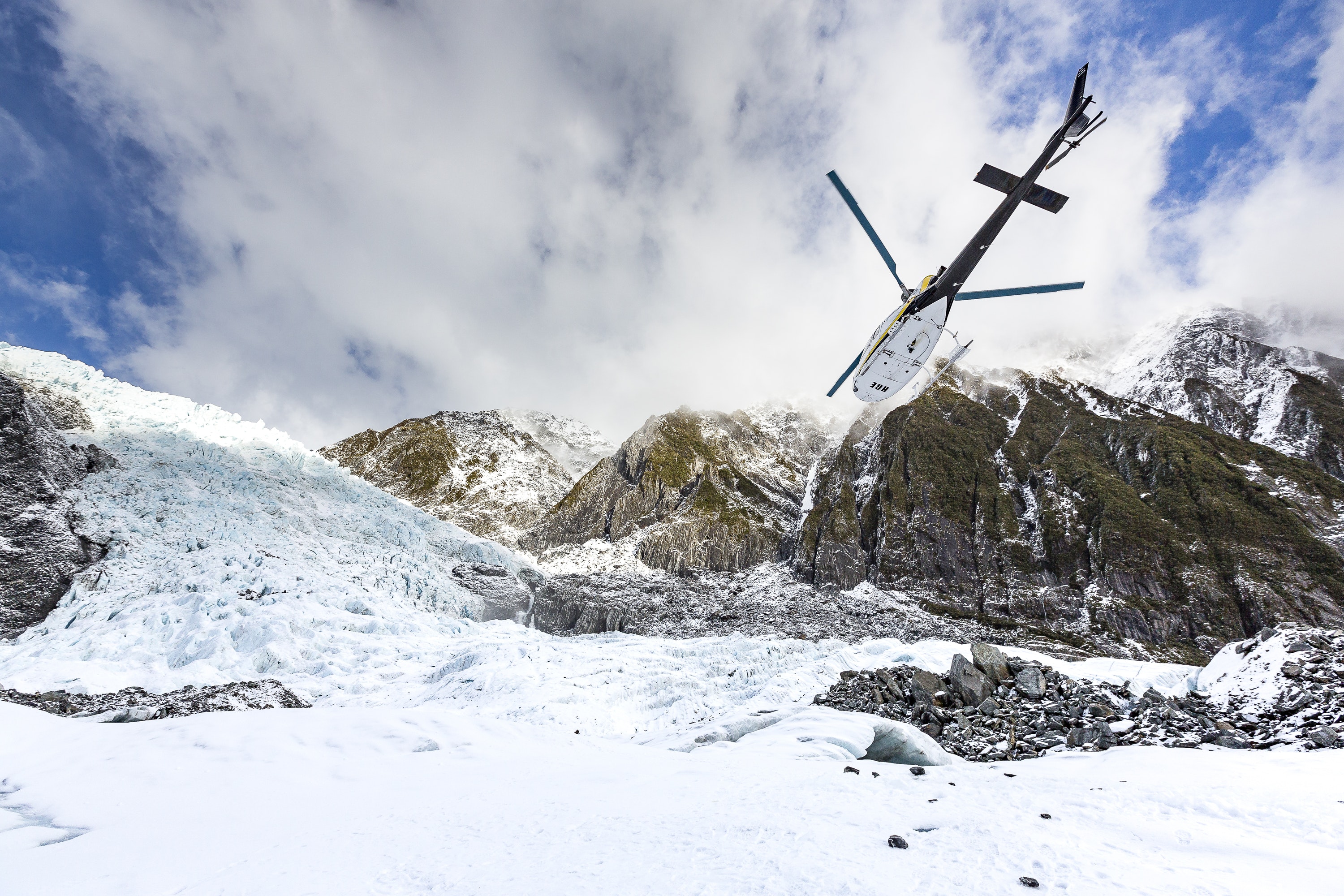5 Glaciers to Visit Before They Disappear
As Iceland holds a ‘funeral’ mourning a departed glacier and sadly, the deceased Okjokull Glacier might just be the tip of the iceberg
20 August 2019

All Credits: PA
Iceland has marked the passing of its first glacier lost to climate change with an official ceremony, and a bronze plaque warning of the damage to come.
Around 100 people, including Prime Minister Katrín Jakobsdóttir, gathered at what used to be the Okjokull Glacier to memorialise the formerly 16 square kilometre ice cap – now reduced to scattered remnants of ‘dead ice’.
The world’s glaciers are in dire straights – here are five of best you should know about before they disappear…
2. Vatnajökull Glacier, Iceland
One of the largest glaciers in Europe, covering a tasty 8% of the Icelandic land mass, and in places over a kilometre deep, Vatnajökull is very, very large.
With its size comes variety – the surrounding national park hosts a plethora of glacial rivers, staggeringly picturesque landscapes, and Jökulsárgljúfur Canyon, home to Dettifoss, Europe’s most powerful waterfall.
A go-to for barren, frost-bitten beauty, the park has provided filming locations for James Bond, Lara Croft, Batman, and Game of Thrones. For visitors, the bucket list item is the ice caves – angular tunnels of shimmering azure that can be toured during the winter months.

4. Athabasca Glacier, Canada
Not as dramatic, perhaps, as Perito Moreno, nor quite as breathtakingly beautiful as Vatnajökull, but Athabasca Glacier in the Canadian Rockies comes up trumps for accessibility.
The 6km ice field is a manageable walk from the road, though we recommend hopping on a designated snow coach – all-terrain, high-chassis vehicles that look suspiciously like space buggies.
The glacier itself is eminently walkable, but do not attempt to go it alone, as the many hidden crevasses have claimed several lives. Athabasca Glacier Icewalks have guided guests across the glacier for 35 years, and will give you the required kit and knowledge to see you safely through the snow.

5. Franz Josef & Fox Glaciers, New Zealand
Descending from these magnificent ice fields is like entering the Lost World. Still frozen at around 900 ft, the glaciers immediately give way to lush, sub-tropical rainforest populated by parrots and kiwi birds.
Best seen by helicopter, these steep glaciers plummet steeply into the verdant valley below, while intrepid hikers can explore ice-covered caverns and enjoy panoramic views across the Southern Alps.
The glaciers are beautiful, certainly, but most of all they’re disconcertingly surreal.


















